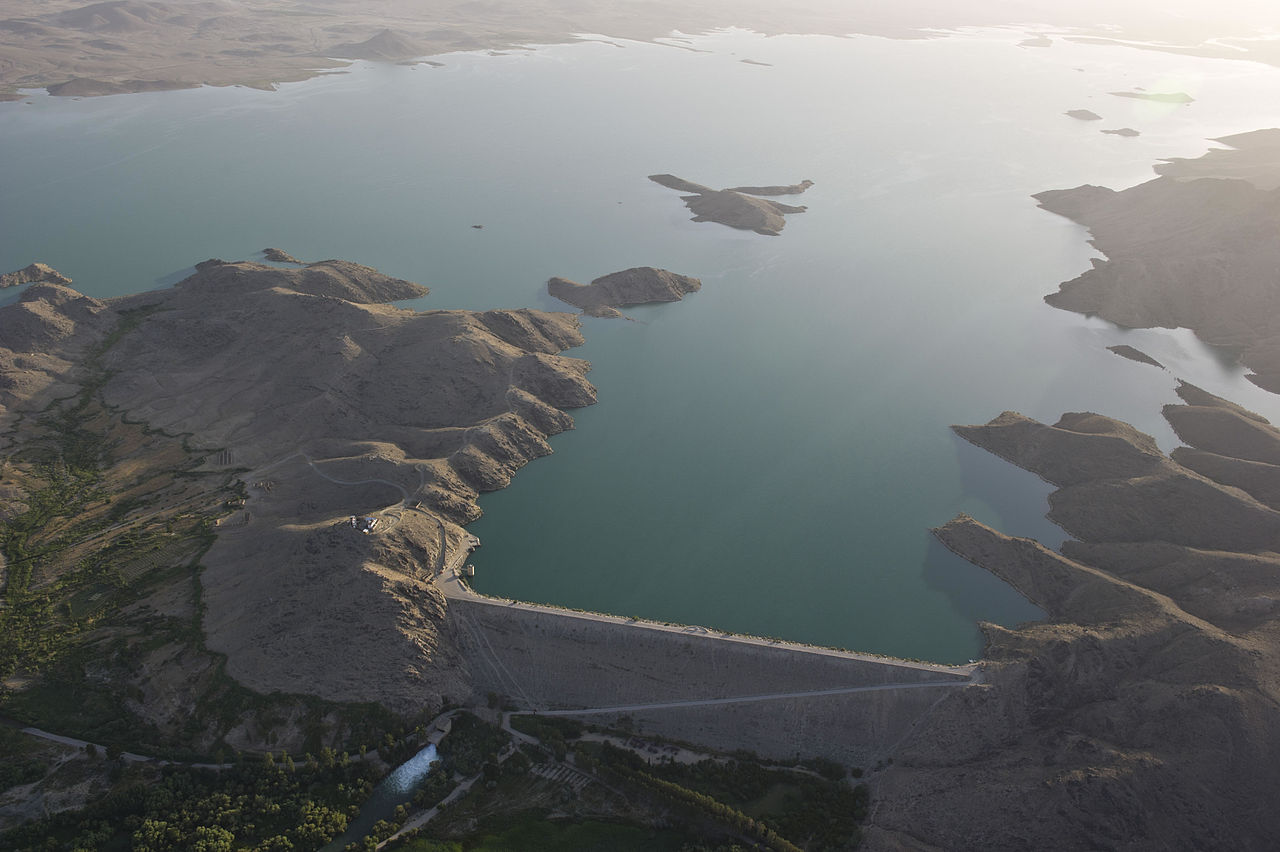• The Residents of Kandahar City
• Other stakeholders including Da Afghanistan Breshna Sherkat (DABS), National Water Affairs Regulation Authority (NWARA), Ministry of Finance (MOF) and Administrative Office of the President (AOP)
ADB will be supporting the preparation of the Arghandab Integrated Water Resource Development Project (AIWRD), which aims to raise financing for the Dahla Dam to increase its water storage capacity by 40% on top of the original design value, thereby increasing the generating capacity to 33MW.
This increase creates an opportunity to develop a hydropower plant on the outgoing irrigation channel, the Dahla Hydropower Plant (DHP). The DHP will require construction of a substation at Dahla Dam and a 37km, 110kV transmission line connecting this substation to the existing Breshna-Kot substation in Kandahar. Once built and commissioned, these transmission assets will become part of Da Afghanistan Breshna Sherkat’s - South Eastern Power System (DABS-SEPS). To do this, DABS and relevant stakeholders has requested for ADB’s support in project definition.
DABS is keen to develop the DHP as a PPP, with the private sector partners assuming the role of an independent power producer (IPP). As an IPP, the private sector partner will build and operate DHP under a Build-Operate-Transfer (BOT) scheme, and will sell its output to DABS under a long-term Power Purchase Agreement (PPA).
- Review the broad economic, legal, technical, social and environmental parameters of the project
- Review any existing PPA formats and ensure that they are suitable for the development of DHP under PPP modalities, if not, propose all required amendments to relevant stakeholders, as appropriate
- Review water allocation plans between irrigation, hydropower generation and the supply of potable water to Kandahar to ensure long-term sustainability of DHP under PPP modalities
- Review technical studies done under the TA to ensure that the PPP Project is technically feasible and sustainable in terms of the physical integrity and safety of the dam and reservoir, and complete the feasibility study prepared under the TA to ensure it includes all required PPP features
- Assess implications of the expansion of the dam and the construction of power transmission assets on the PPP project
- Determine which PPA tariff and which country/tariff payment risk mitigation mechanisms would be acceptable to both the IPP private sector partner, and relevant stakeholders
- Determine phasing options for the PPP Project and prepare broad estimates of the capital expenditure required to design, build and operate DHP
- Prepare broad estimates of the PPP Project’s revenues expected to be generated by DHP in long-term based on the PPA tariff, and assess associated operating cost and develop a financial model to determine financial feasibility
- Conduct a seminar for DABS and other stakeholders covering findings of the DHP project definition, contractual and financial structuring issues, recommendations and action plan on how to solve them
By end of Q2 2021, recommendations on the Project’s PPP modalities submitted

